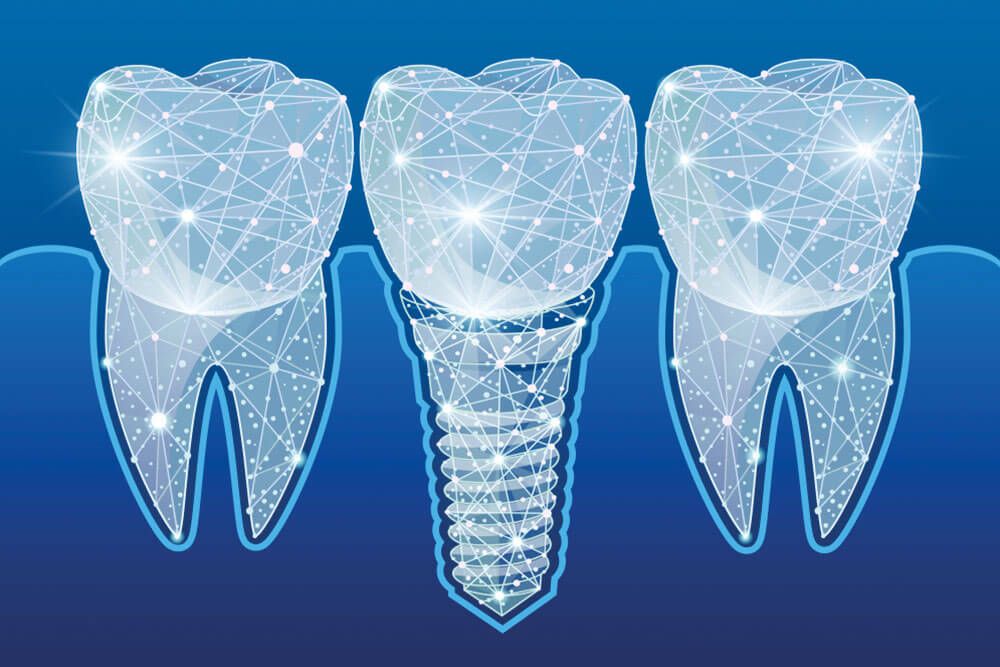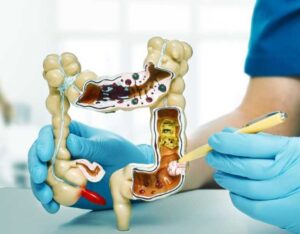
Dental implants are a standard solution for replacing teeth, functioning as artificial roots that dentists place into the jawbone. A replacement tooth or bridge is then fixed to the implant, providing a stable foundation. Recent advancements in materials science, digital imaging, and customization are refining the process for both patients and dental professionals. Here is more information about innovations in dental implants:
Durable Zirconia Implants
Zirconia is a type of ceramic material dentists use to create implants. Because it is a non-metallic substance, patients may select it as an alternative to traditional titanium implants. The material is white, so it typically does not show a gray line at the gum level. Dentists use it for its strength and biocompatibility.
Custom Restorations
Modern implant dentistry typically involves creating restorations that are tailored to an individual’s specific oral anatomy. Using digital scans and software, laboratories can design crowns, bridges, and dentures that match the shape, size, and color of a patient’s natural teeth. This process allows for a high degree of personalization in the final appearance of the dental work.
The process typically begins with a digital model of the patient’s mouth, and from this model, the restoration is created. This technology allows for adjustments to be made virtually before the dentist creates the physical tooth, which helps in achieving a specific fit. Dentists select the materials, like ceramic or porcelain, to complement the patient’s existing teeth.
This extends beyond just aesthetics, as a custom fit also helps dental implants function during biting and chewing. The design aims to align correctly with opposing teeth to support a balanced bite, and dentists shape the restoration to emerge naturally from the gum line. A well-designed restoration integrates with the surrounding teeth.
Digital X-rays
Digital radiography is another technological advancement that dentists use to integrate with implant procedures. Digital X-rays produce images that are available for immediate viewing on a computer screen, and they expose patients to less radiation than conventional film X-rays. The clarity and detail of these images assist dentists in evaluating the jawbone and planning implant placement.
This technology allows practitioners to view bone density and identify the precise location of nerves and sinuses, which is valuable information for surgical planning. Dentists can easily share digital X-rays with other specialists, promoting smooth collaboration when complex cases require a multidisciplinary approach. This enhances the overall quality of care and contributes to more predictable and successful implant outcomes.
Accurate Impressions
Obtaining an accurate model of a patient’s mouth is a key step in creating dental restorations. Digital scanners create a 3D image of the teeth and gums, and this process is an alternative to using physical impression materials. Dentists can send these digital impressions electronically to a dental lab. This method eliminates the need for traditional materials, which patients may find uncomfortable, by providing a highly detailed digital file.
Get Dental Implants Today
Advancements in dental implant technology focus on materials, imaging, and personalization. From zirconia implants to digital scanning for impressions and X-rays, these technologies provide practitioners with detailed tools for planning and executing implant procedures. If you are exploring tooth replacement options, scheduling a consultation can provide you with information specific to your situation. Schedule an appointment with a dental clinic to learn more about the implant process.





